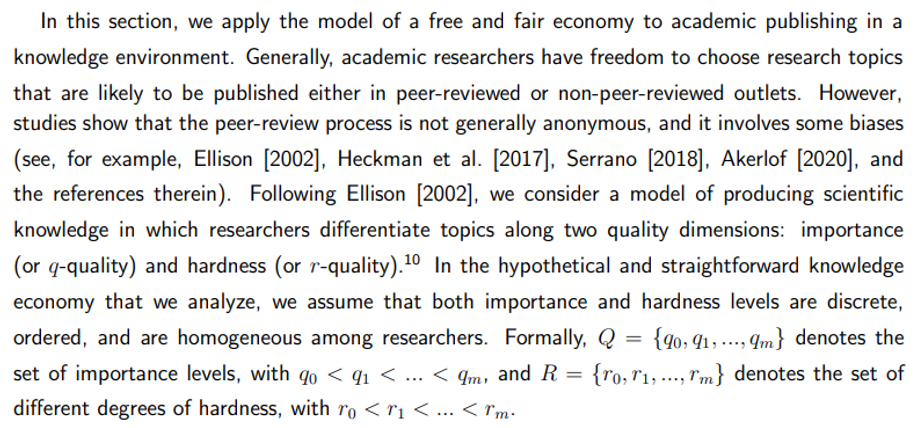What Happens to Bitcoin If the U.S. Government Shuts Down?

The United States government is deliberating about shutting down from October 1, 2025. If successful, this could affect various sectors in the country. Crypto enthusiasts are also concerned about how the looming government shutdown could impact Bitcoin (BTC) and the broader crypto market.
What Exactly is a U.S. Government Shutdown?
A government shutdown occurs when Congress fails to pass a federal budget or funding bill by a specified deadline. Without that authorization, many agencies would run out of money. Essential operations, such as Social Security or military defense, often continue, but without pay. On the other hand, non-essential services are paused. Government agencies furlough staff, delaying regulatory work.
This is not the first time the U.S. government has faced the threat of a shutdown. Since the 1980s, it has faced periodic shutdowns of varying durations. The most recent shutdown occurred in December 2018, during Donald Trump’s first term as president. It lasted for 35 days, ending on January 25, 2019. Notably, this was the longest government shutdown in the country’s history.
Fast-forward to the present, and President Trump is warning of an impending shutdown. Vice President JD Vance echoed that sentiment, saying, “I think we’re headed into a shutdown.”
According to data from the prediction platform Polymarket, 89% of bettors believe that the U.S. government shutdown will occur.
The potential shutdown stems from a failure to reach an agreement on the federal budget. Democrats are insisting on increased health-care funding, while Republicans favor a short extension through November 21 without those changes.
Impact on Crypto
The looming government shutdown poses concerns about liquidity, regulation, and sentiment within the crypto market. Since the U.S. government’s actions often have a significant impact on the crypto market, investors are nervous as they see risks in delayed economic data and regulatory uncertainty.
If a shutdown occurs, the government would pause the publication of employment and inflation reports. Without those key indicators, it becomes much harder to read the actual condition of the economy and to anticipate what the Fed might do next.
Moreover, key agencies such as the SEC and CFTC would operate with minimal staffing during a shutdown. This slows down decisions on crypto rules, approvals, and enforcement.
For instance, the CLARITY Act and related bills already slated for debate may get pushed for later. For projects and investors awaiting regulatory clarity, this means prolonged uncertainty. In other words, a shutdown would effectively pause many day-to-day functions, and the financial world braces for impact.
How Will Bitcoin React?
Bitcoin does not depend on Congress to run, but it still dances to the rhythm of sentiment, liquidity, and policy clarity. With uncertainty rising, traders tend to pull back, making leveraged positions more vulnerable.
A researcher writing under the pseudonym Zac described the potential shutdown as “political theater with short-term costs, but no lasting market damage.” He added:
The crypto market has weathered through various U.S. government shutdowns. In October 2013, a 16-day closure coincided with the rise of BTC from approximately $132 to $151, representing a 14% gain. But that positive trend is not guaranteed.
During the longest U.S. shutdown between 2018 and 2019, the value of BTC declined. It fell approximately 6%, dropping from about $3,802 to $3,575.
In view of this, Julio Moreno, head of research at CryptoQuant, noted that Bitcoin was in an entirely different market during the shutdowns in 2013 and 2018. He added that BTC today looks more like it did in 2013 than in 2018.
Notably, even before a shutdown happens, Bitcoin and other cryptocurrencies are already showing signs of stress. The apex asset has dropped and recovered in response to lingering concerns about shutdowns. At the time of writing, BTC is trading at 114,300, representing a 0.05% increase over the past 24 hours.
Overall, Bitcoin may see increased volatility if the government eventually shuts down. However, prices and sentiment are likely to bounce back as fundamentals remain strong.
The post What Happens to Bitcoin If the U.S. Government Shuts Down? appeared first on Cointab.
You May Also Like

Wormhole launches reserve tying protocol revenue to token

Hong Kong’s Payment Card Usage Sees Significant Growth in Q2 2025
